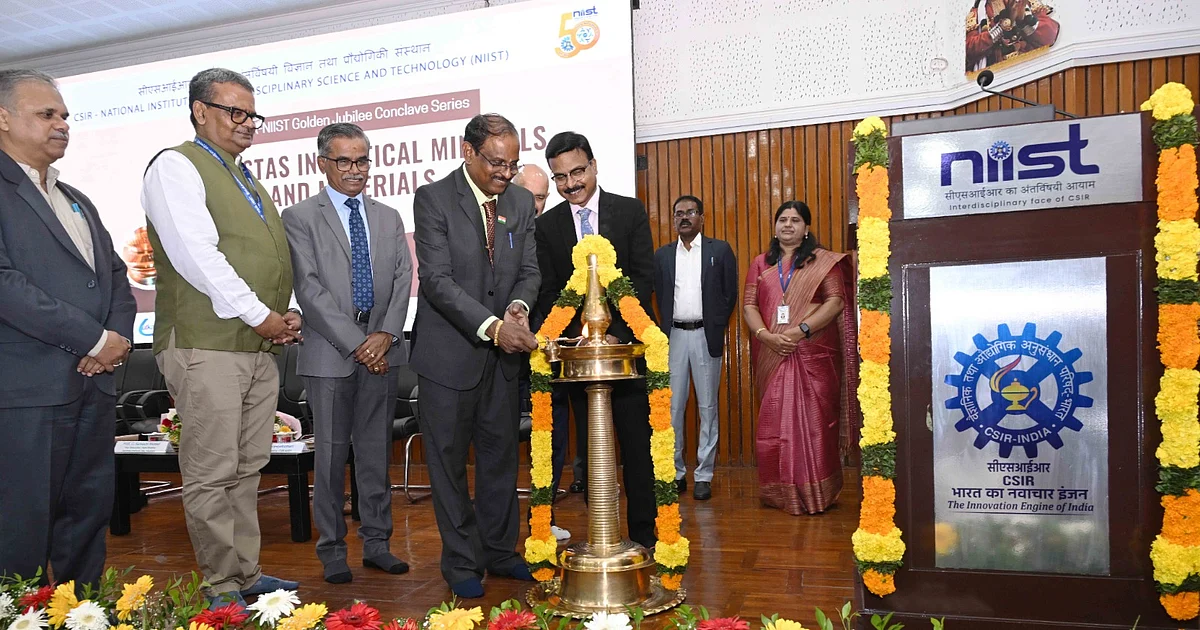THIRUVANANTHAPURAM: Work is progressing on India’s proposed 52-tonne space station, with the first module expected to be launched in 2028, said ISRO Chairman V Narayanan. Speaking on the sidelines of the ‘New Vistas in Critical Minerals and Materials’ conclave at CSIR-NIIST in Thiruvananthapuram on Friday, Narayanan said the conceptual stage of the space station, planned to be launched in five phases, has been completed, and the process of securing formal approval is underway.
The station is being designed in five modules due to the challenge of lifting the full mass in a single launch. The complete station is expected to be in orbit by 2035.
A significant part of the effort involves designing scientific experiments, including material manufacturing, production, and biological studies, for which proposals are being invited in collaboration with various labs and academic institutions. “We are working towards building a dedicated system to promote scientific experiments aimed at benefitting the common man,” Narayanan said.
Gaganyaan mission update
On ISRO’s flagship Gaganyaan mission, he said the uncrewed mission is scheduled for December 2025, to be followed by another uncrewed flight and then the manned mission in the first quarter of 2027. Human-rating of the launcher, ensuring it is safe for human flight, has been completed, with enhanced reliability and redundancies.
He noted that the orbital module, which would host astronauts, is in an advanced development stage. Environmental conditions such as pressure, temperature, humidity, and carbon dioxide levels are being meticulously controlled.
A crew escape mechanism is nearly complete to ensure astronaut safety in case of emergency before or during launch. Special focus is also being placed on re-entry, particularly on heat shield materials, to withstand speeds of 28,500 km/h as astronauts re-enter the Earth’s atmosphere.
Key components such as space suits, food systems, and nine parachutes to ensure safe landing are also under development. “This is a national programme, not just an ISRO mission. We need support from the Air Force and Navy,” Narayanan emphasised. The uncrewed missions will be thoroughly analysed before the final crewed mission.
PSLV-C61 failure report submitted
Narayanan also confirmed that an analysis committee report on the failure of PSLV-C61/EOS-09, launched in May 2025, has been submitted to the Prime Minister. The launch failed due to a technical issue during the third stage, marking the third PSLV failure since the rocket’s debut in 1993. The next PSLV launch is scheduled in three months.
